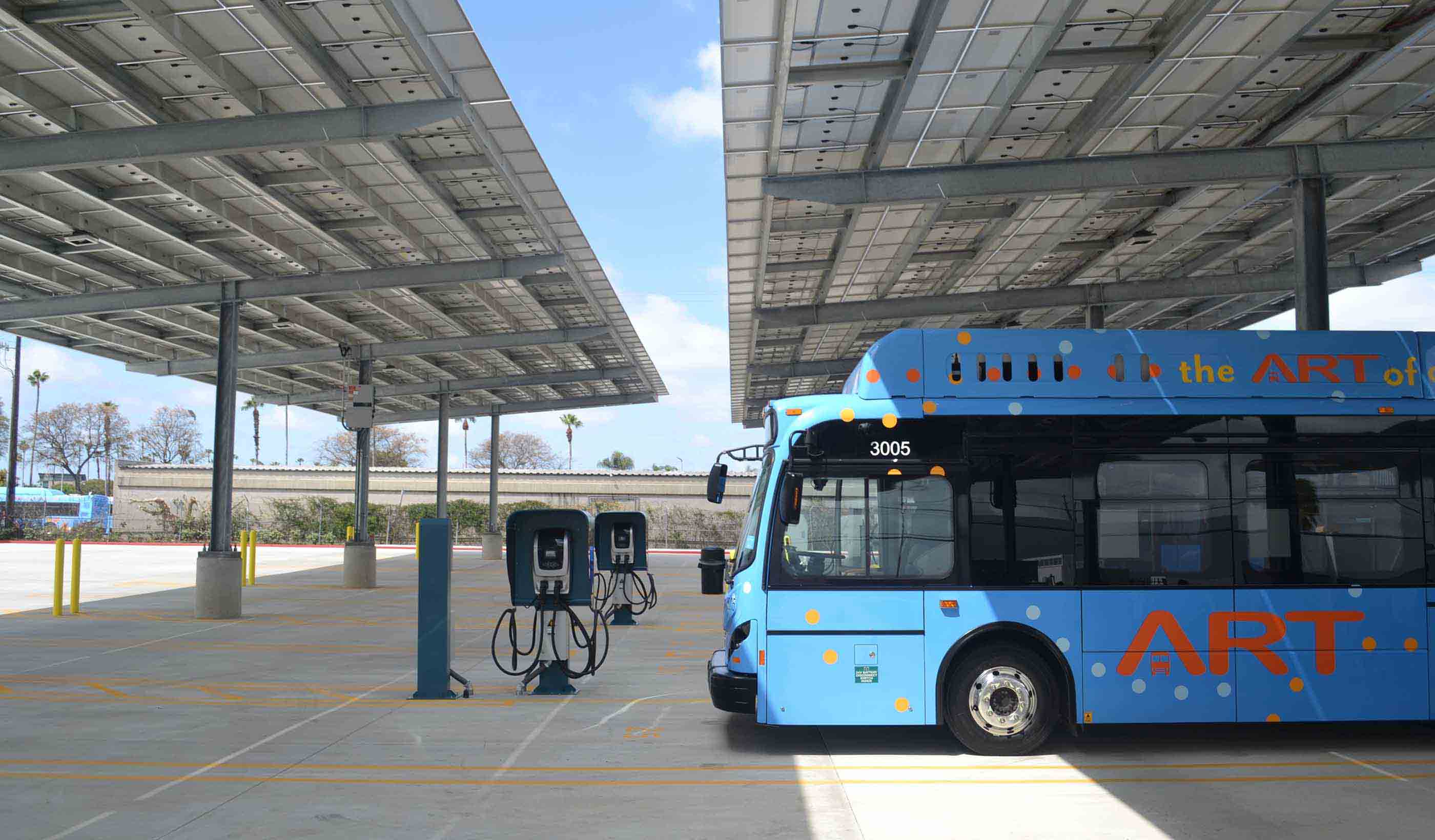At a Glance
-
77
Buildings
-
2050
Net Zero Goal
- Location
- Minneapolis, Minnesota
- Offices
-
-
Client
-
-
County of Hennepin
-
- Location
- Minneapolis, Minnesota
- Offices
- Client
-
- County of Hennepin
Share
Hennepin County Building Systems Decarbonization
With a net zero emission goal for 2050 on the horizon, Hennepin County in Minnesota is looking to reduce carbon consumption across their property portfolio of 77 buildings, spanning over 6 million square feet (557,418 square metres). They engaged us to help with the energy transition for these buildings.
We performed a building system decarbonization study and recommended strategies to reach net zero greenhouse gas emissions by 2050. While reviewing numerous carbon emission reduction principles, we considered climate risk mitigation. To make the most of the existing embodied carbon portfolio, we looked at the reuse of existing buildings, structures, and materials. Our team prioritized energy reduction through passive design strategies and efficient systems. We conducted a comprehensive solar photovoltaic feasibility assessment across the portfolio that considered electrical and structural constraints and life cycle cost assessments.
To reduce dependence on natural gas, we proposed innovative techniques, like using carbon-free electricity for heating. Where full decarbonization implementations were cost-prohibitive or infeasible, our recommendations included alternative strategies to offset remaining emissions, such as using renewable natural gas or purchasing renewable energy credits.
These recommendations align with the County’s Climate Action Plan goals—to reduce, eliminate, and offset carbon energy sources—and can help the County plan for net zero buildings by 2050.
At a Glance
-
77
Buildings
-
2050
Net Zero Goal
- Location
- Minneapolis, Minnesota
- Offices
-
-
Client
-
-
County of Hennepin
-
- Location
- Minneapolis, Minnesota
- Offices
- Client
-
- County of Hennepin
Share
Beth Tomlinson, Senior Principal, Carbon and Climate Discipline Leader, Buildings
There’s no greater good than supporting healthy, safe, vibrant communities. I strive to serve by applying climate science in engineering.
Antonino Lagana, Principal
I am thrilled to unravel the mysteries and learn evermore about this incredible property—energy—that is eternally converted in form but never created or destroyed.
We’re better together
-
Become a client
Partner with us today to change how tomorrow looks. You’re exactly what’s needed to help us make it happen in your community.
-
Design your career
Work with passionate people who are experts in their field. Our teams love what they do and are driven by how their work makes an impact on the communities they serve.























